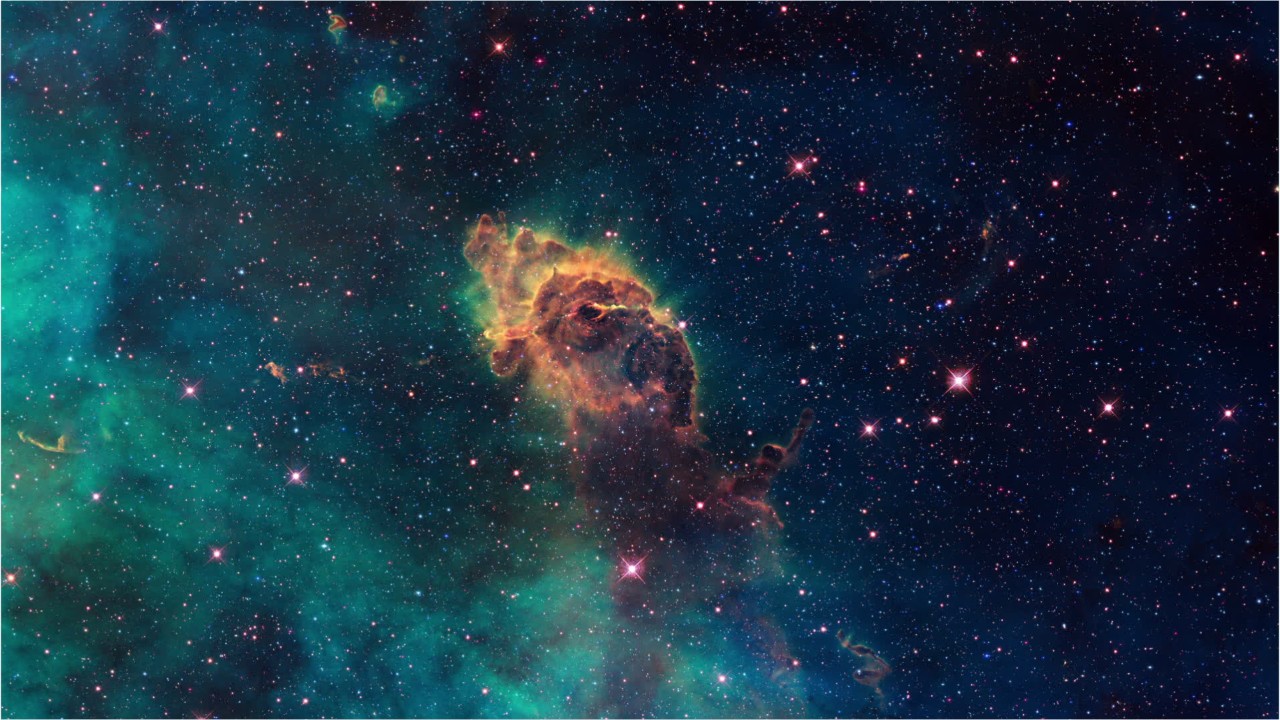Exploding stars responsible for half of the calcium in the universe, according to study
EVANSTON, Ill. - The famous astronomer Carl Sagan once said that “we are made of star stuff.”
A new study suggests that Sagan might have been right. Most of the calcium in the universe likely came from exploding stars, according to an Aug. 5 press release from Northwestern University.
Stellar explosions, known as “calcium-rich supernovae,” are so rare that astrophysicists had difficulty tracking and studying them. The nature of the supernovae and how they created calcium has remained relatively unknown.
Now, researchers may have discovered the workings behind supernovae and how they create calcium. The researchers examined a calcium-rich supernova with X-ray imaging, which gave a novel look into the dying star in its last moments and ultimate explosion.
The new findings, which were published on Aug. 5 in The Astrophysical Journal, revealed that in its final stages of life, the compact star shed an outer layer of gas that collided with its matter as it exploded. This emitted bright X-rays, which appeared to be orange to observers on Earth.
The explosion resulted in extremely hot temperatures and high pressure, which drives nuclear fusion to produce calcium, the researchers said.
“These events are so few in number that we have never known what produced calcium-rich supernova,” said Wynn Jacobson-Galan, a first-year Northwestern graduate student who led the study, in a statement. “By observing what this star did in its final month before it reached its critical, tumultuous end, we peered into a place previously unexplored, opening new avenues of study within transient science.”
Amateur astronomers Jaroslaw Grzegorzek and Joel Shepherd were the first ones to see and report a new supernova back in April 2019. They both were viewing Messier 100 (M100), a spiral galaxy located 55 million light years away from Earth, when they noticed a bright orange dot in the frame.
“As soon as the world knew that there was a potential supernova in M100, a global collaboration was ignited,” Jacobson-Galan said. “Every single country with a prominent telescope turned to look at this object.”
That included leading observatories in the U.S., such as NASA’s Swift Satellite and the W.M. Keck Observatory in Hawaii. The researchers from Northwestern, who have remote access to Keck, studied the supernova in optical light. University of California Santa Barbara graduate student Daichi Hiramatsu became the first to use the Swift satellite to observe the event in X-ray and ultraviolet.
What the scientists saw was the aftermath of the supernova, dubbed SN 2019ehk, just 10 hours after its initial explosion. The X-ray emission detected by Swift was only visible for five days.
“In the world of transients, we have to discover things very, very fast before they fade,” said Raffaella Margutti, senior author of the study. “Initially, no one was looking for X-rays. Daichi noticed something and alerted us to the strange appearance of what looked like X-rays. We looked at the images and realized something was there.”
“It was much more luminous than anybody would have ever thought. There were no preexisting theories that predicted calcium-rich transients would be so luminous in X-ray wavelengths.”
While typical stars create smaller amounts of calcium throughout their lives, calcium-rich supernovae produce massive amounts within seconds. Through the Keck observatory, the Northwestern team discovered that SN 2019ehk emitted the most calcium ever observed in a singular astrophysical event.
But further questions about the star’s nature remain unanswered.
Although the Hubble Space Telescope had been observing M100 for 25 years, it did not register the star responsible for SN 2019ehk. The researchers looked at Hubble images to examine the site of the supernova before the explosion and say that this is another clue to the mystery of the star.
“Without this explosion, you wouldn’t know that anything was ever there,” Margutti said. “Not even Hubble could see it.”


